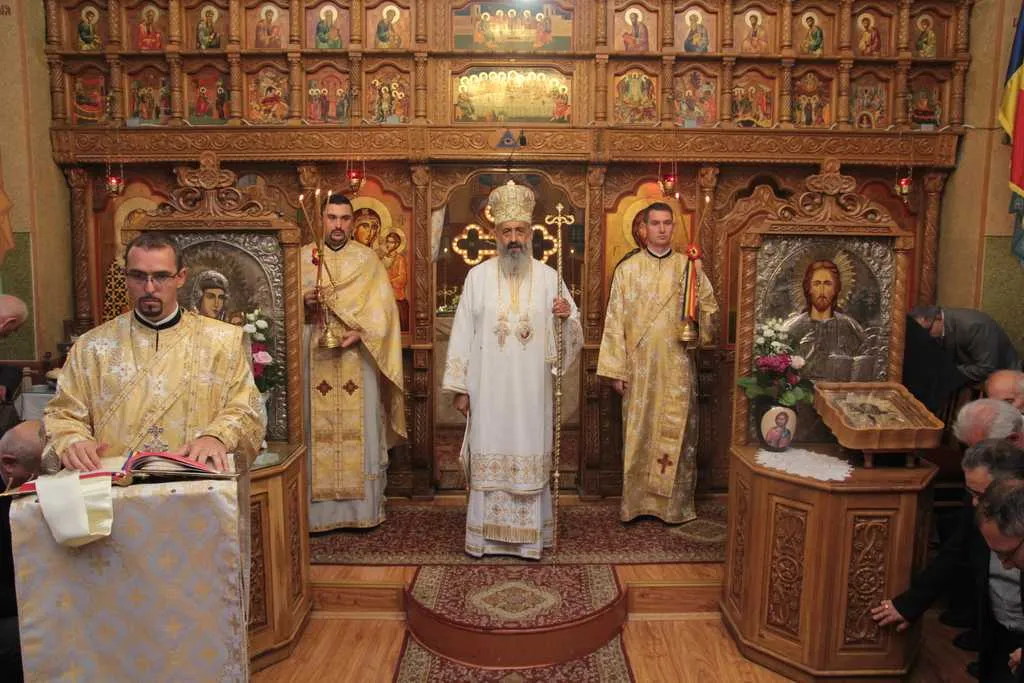Museums are not the only places where you can find proof of the past. Churches are also proof of the past, that's why I love to visit every church in a city I'm visiting, if possible, sometimes only from outside as not every church is open during the day.

When I visited Reghing (Romania) last month I was lucky to visit the Lutheran and the catholic church, but the rest only from outside, but even so, today I'd like to show you some architectural beauties, so join me on my journey.

Reformed Christian Church
This is one of the reformed christian churches of the city, the newest one I believe.
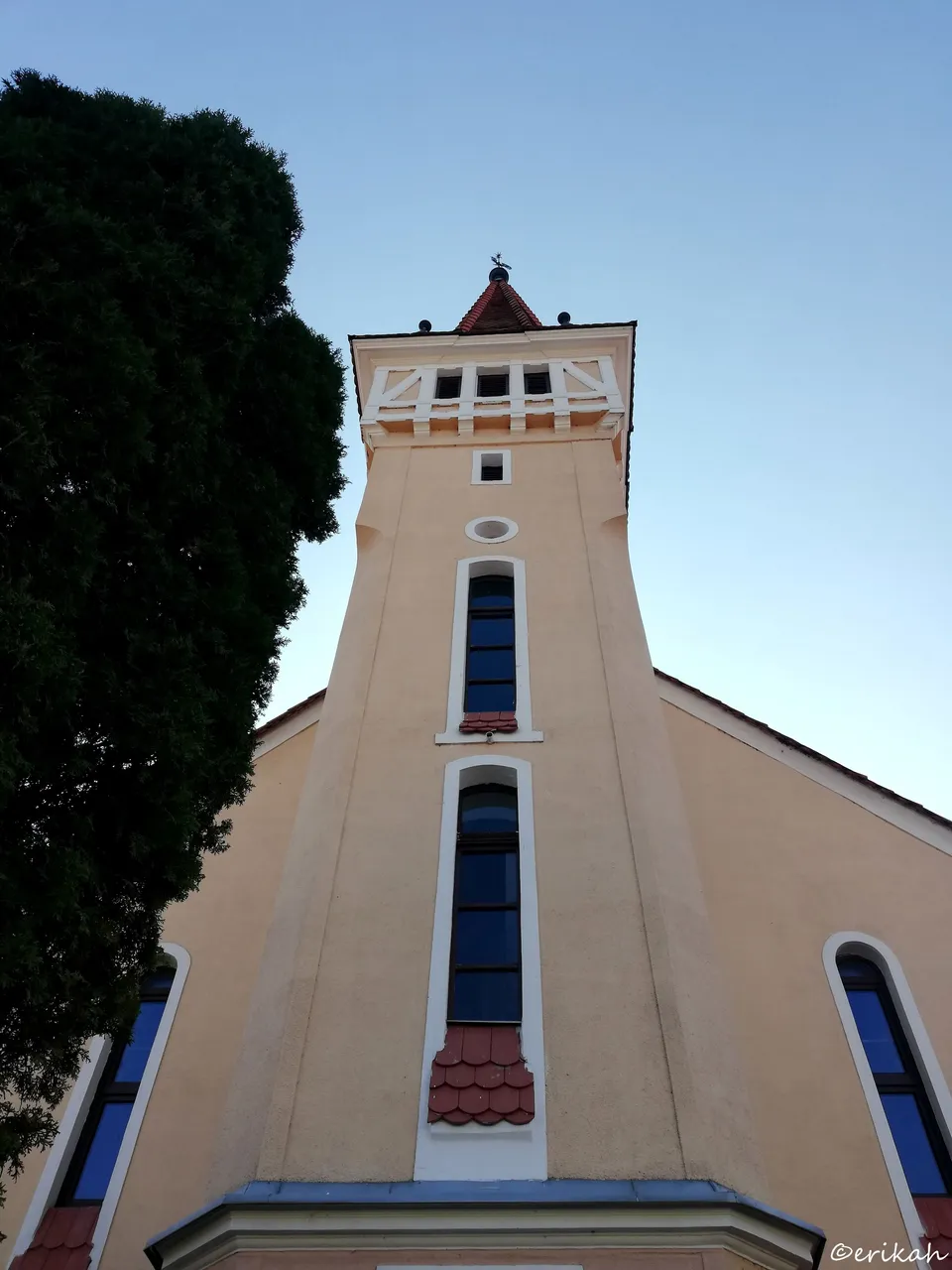
Unfortunately the streets are narrow sometimes and this building was tall, could not take a better shot unless standing in the middle of he road, which obviously would have been dangerous, so I took two photos, one of the top, the one below of the bottom.
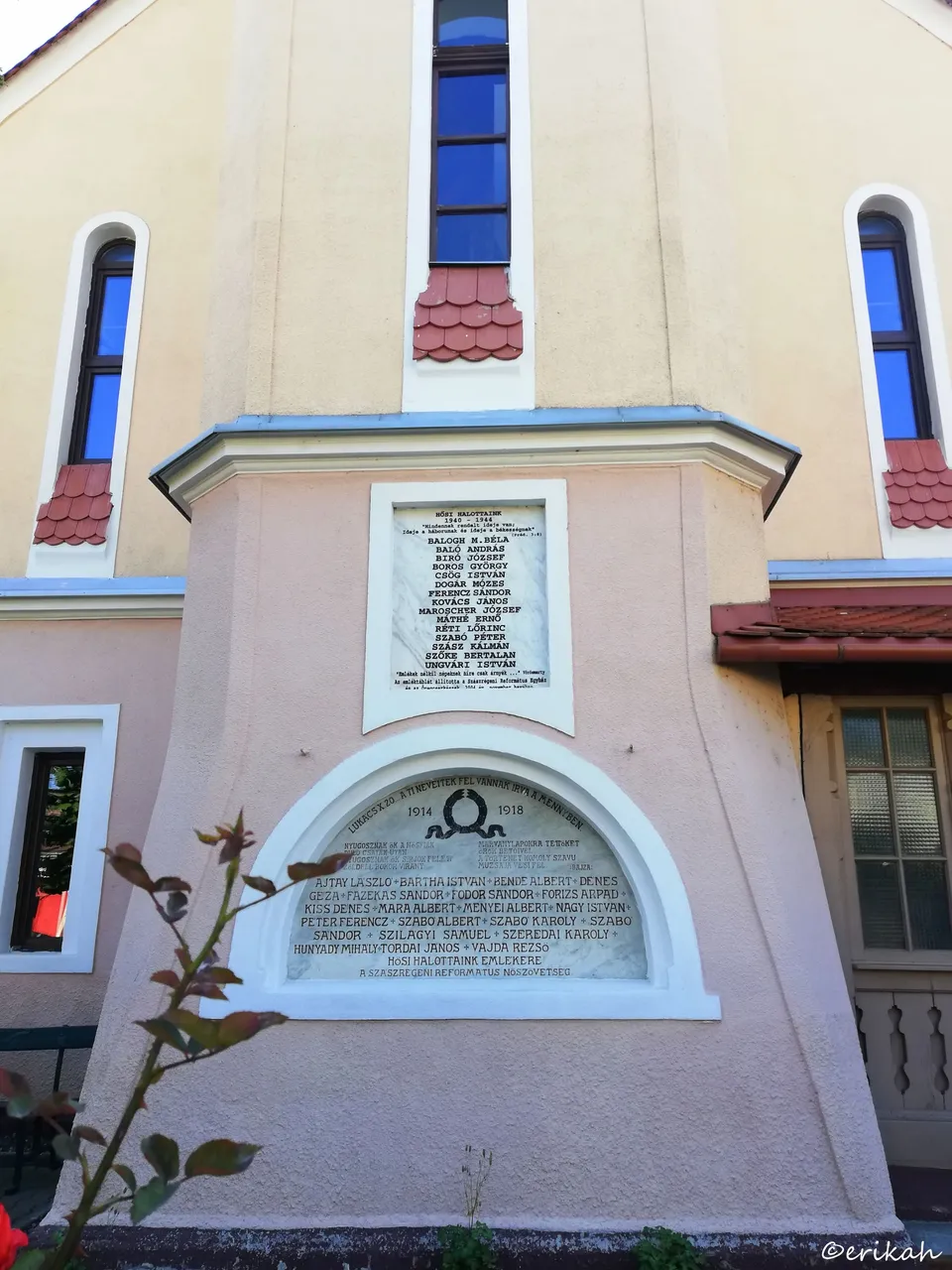
The church was built in 1890 based on the plans of of architect Alpár Ignác.
On the front wall of the church there are two marble plates commemorating those who lost their lives in the first and second world war. This is another proof of the city's history.
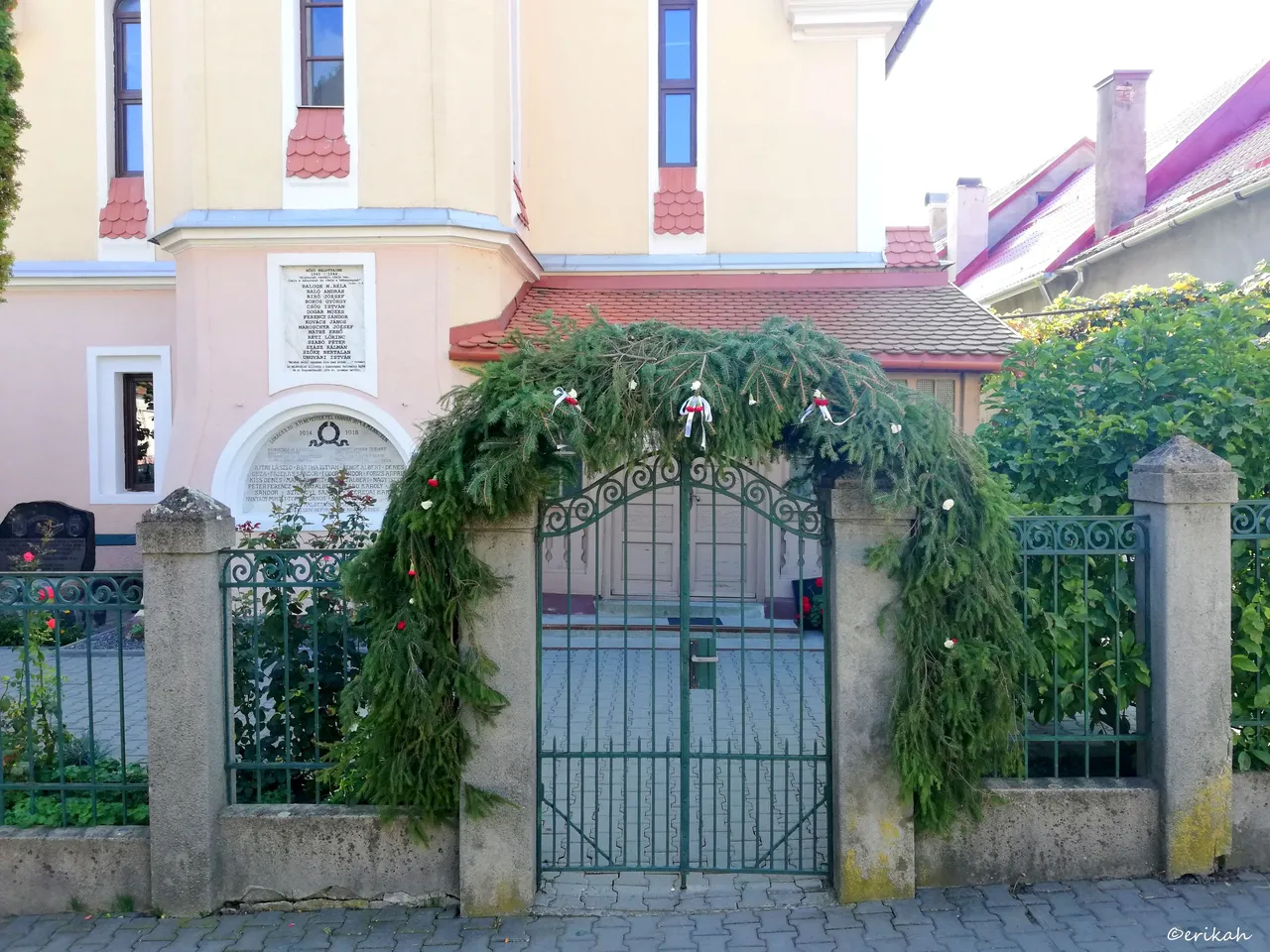
To my surprise, the main gate was decorated with pine branches and flowers, which is a decoration for festive days. Usually you see this kind of decoration at Easter or weddings, but not at the church, but at village houses. It wasn't Easter, so I assume it must have been a wedding prior to my visit, or some other celebration.
Reformed christian churches are very simple compared to catholic, Lutheran or orthodox churches. There are no saint statues in the church, no cross, just a pulpit, wooden benches, an electronic organ and pretty much that's all.
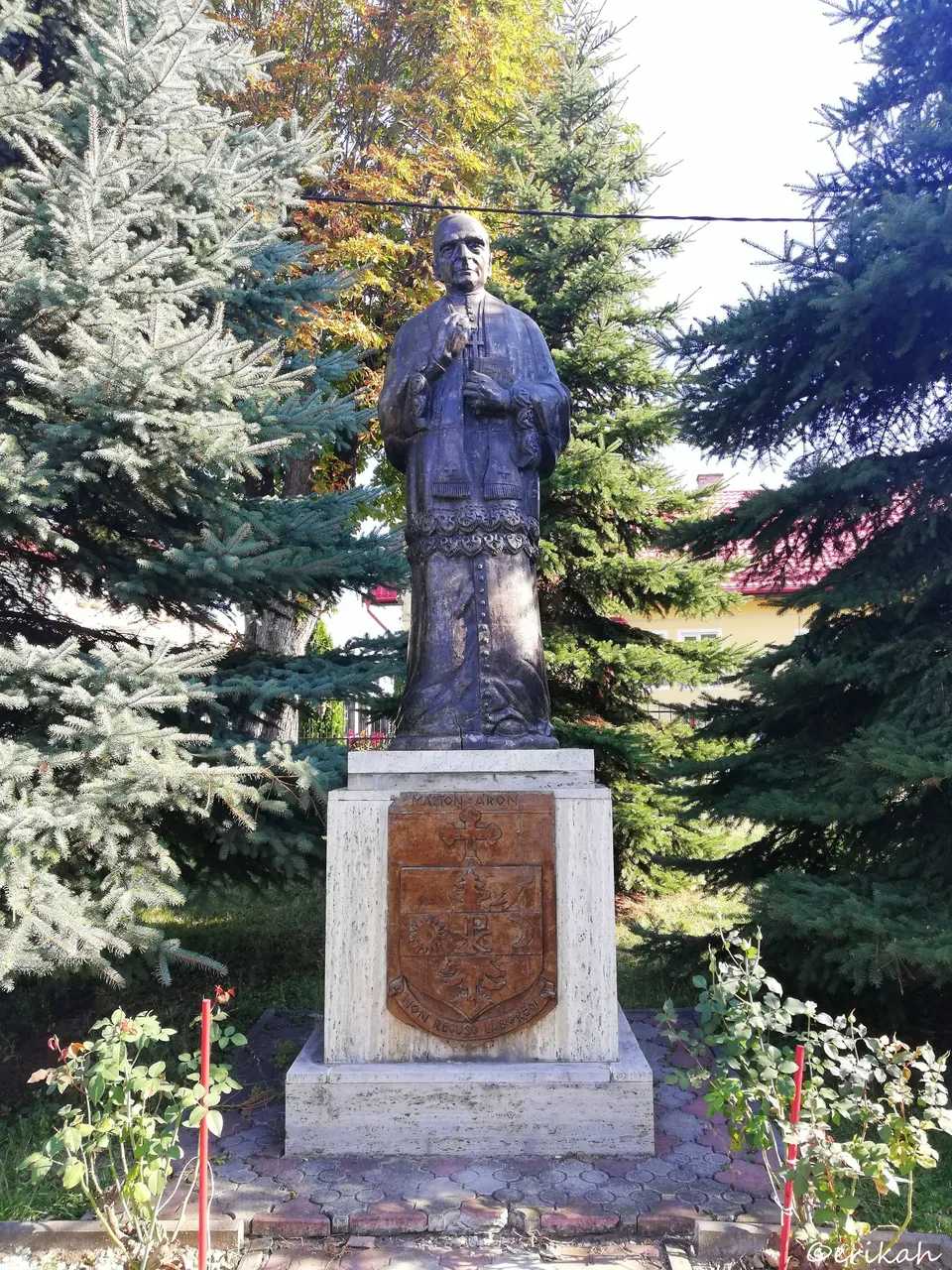
Next to the reformed church there is the catholic church, which I wrote about here. In the courtyard of the church there's a statue of Márton Áron, the ethnic Hungarian Roman Catholic prelate who served as the Bishop of Alba Iulia from his appointment in late 1938 until his resignation in 1980.
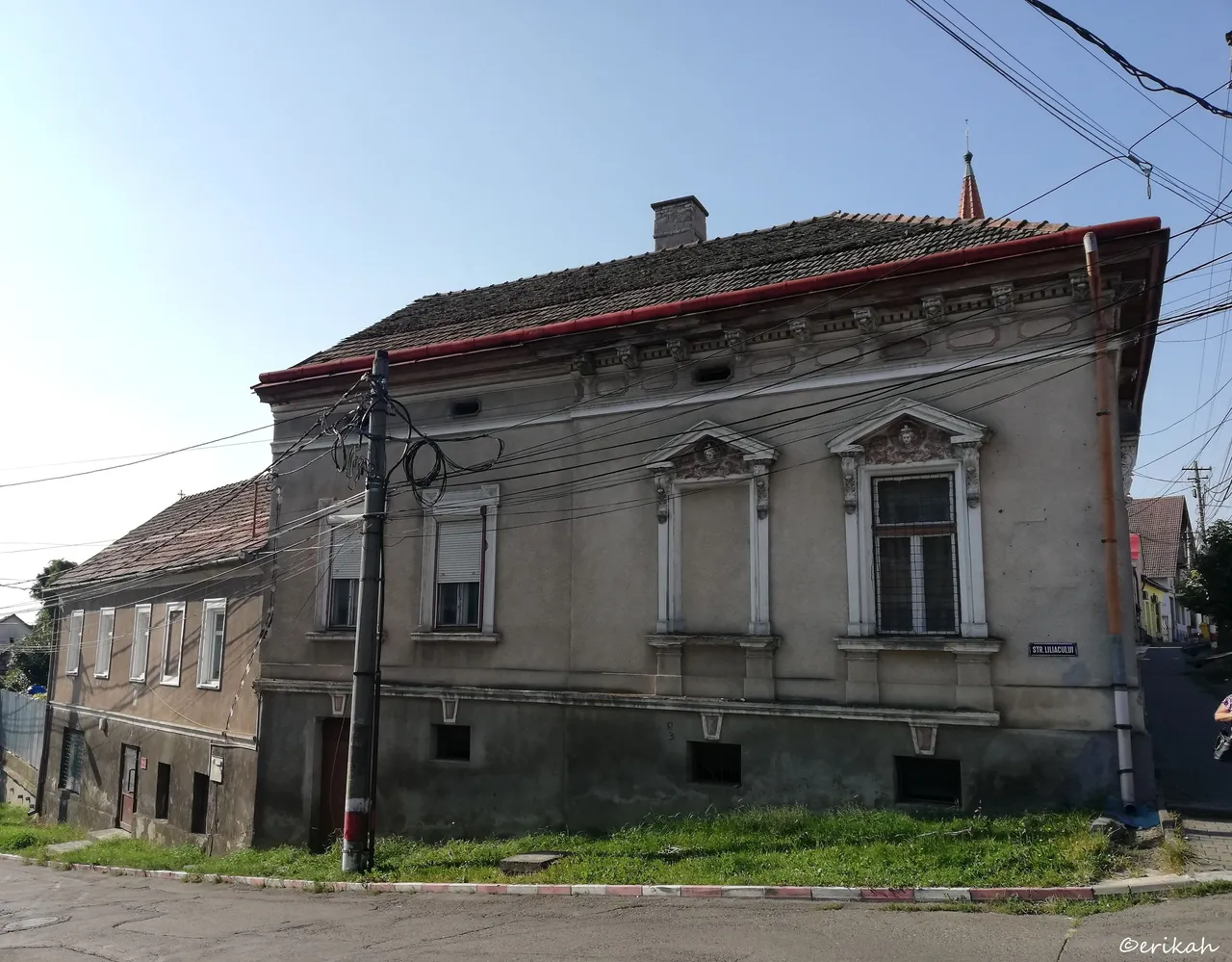
The Ugly Side Of The City
This is an old house, that is also proof of the past. The house must have seen better days but even in this condition is proof of what the houses looked like back in those old days.
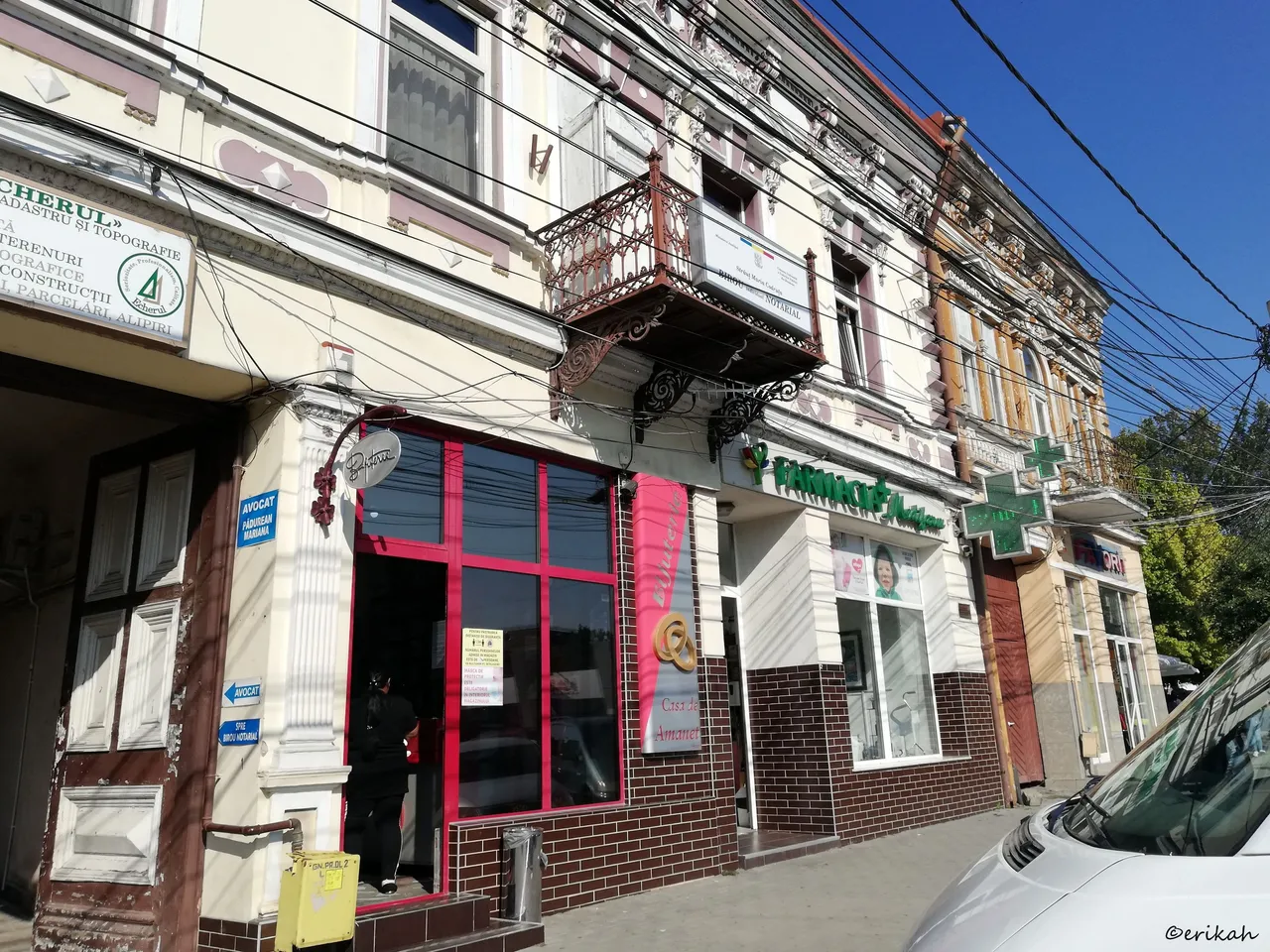
There are other old buildings in the city center, but unfortunately the modern era doesn't care about the past. Most of the front buildings are full of banners, ruining everything.

This building is a perfect example. The building is a nice one, it has an interesting design but those ugly banners are covering its every beauty.
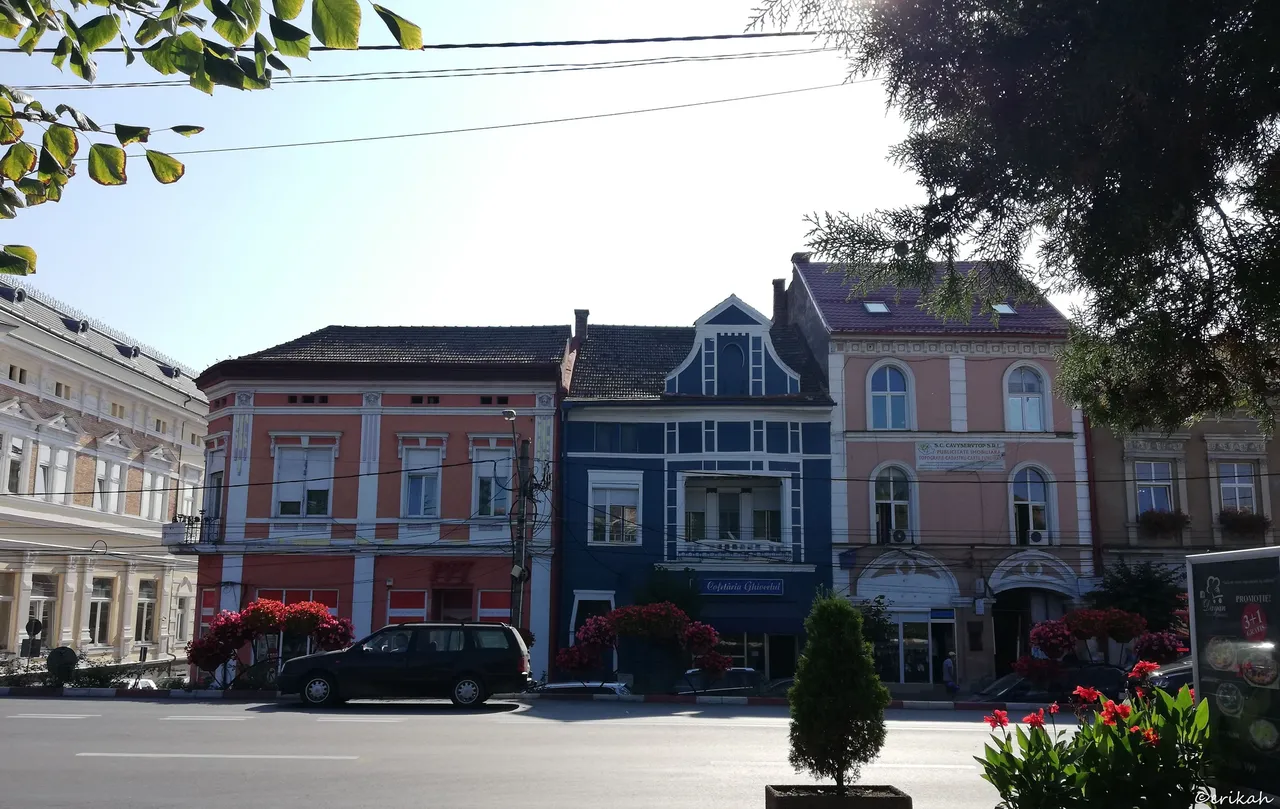
The situation looks a bit better on the other side. At least the architectural style of these buildings is clearly visible, not hidden.
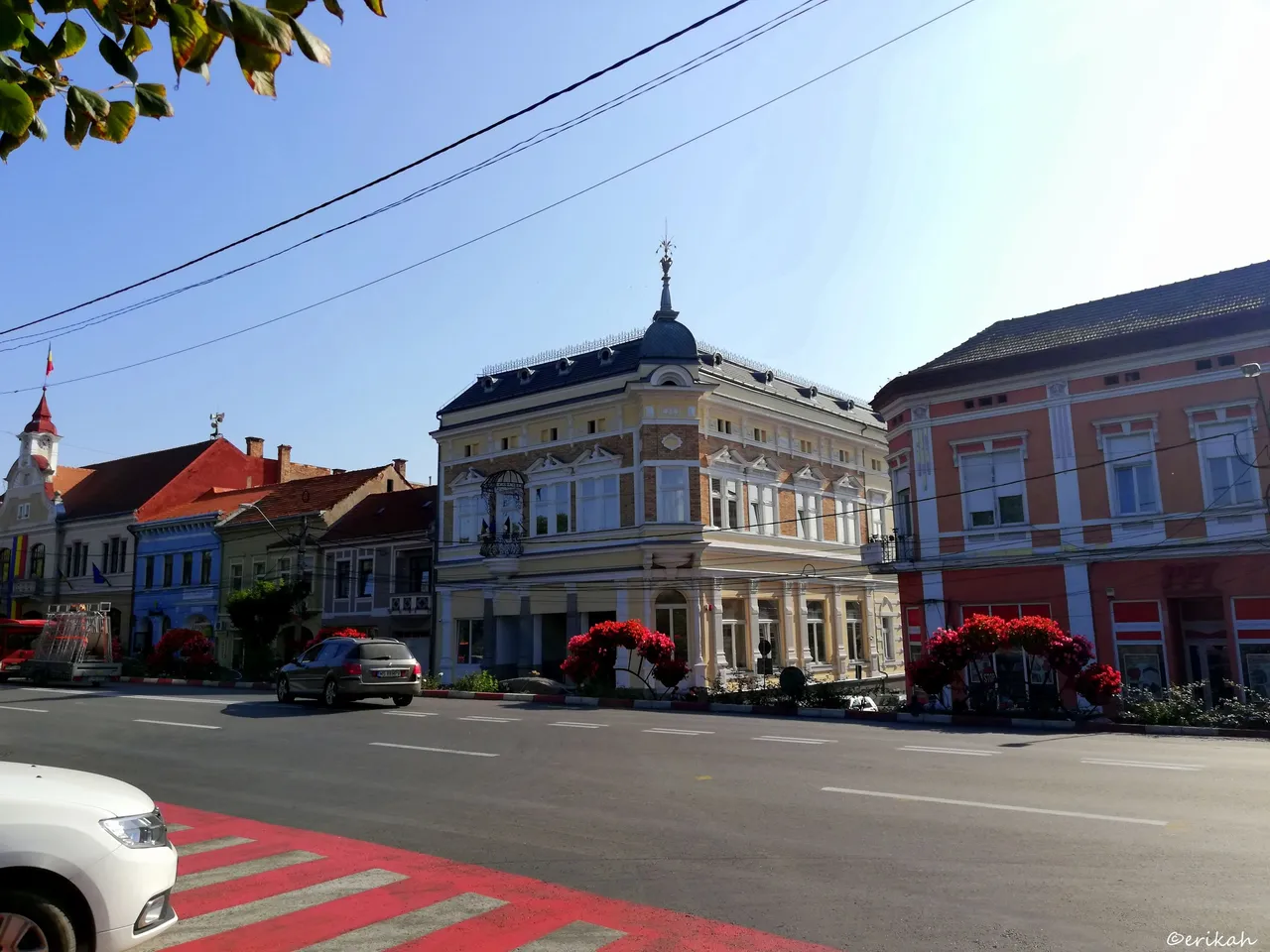
The mayor's office should step in and clean the place up but I guess money talks as you need to pay taxes for those banners and that's the problem. Income is more important.

The Other Reformed Christian Church
This is the other reformed church of the city, I believe this is older than the other one I posted about at the beginning of my post. There are a few statues in the courtyard, featuring prominent figures, but just as the other one, it was closed, so there was no possibility to go in.

The Saxon Or Lutheran Cemetery
Another place, where history is written, this time in stone, is the old Saxon cemetery. Saxons left the city a long time ago, only a handful is still living here, but the cemetery is still proof that they had lived here.
On the photo above there's a crypt of a (most likely) wealthy family as not everyone could afford such a burial place.
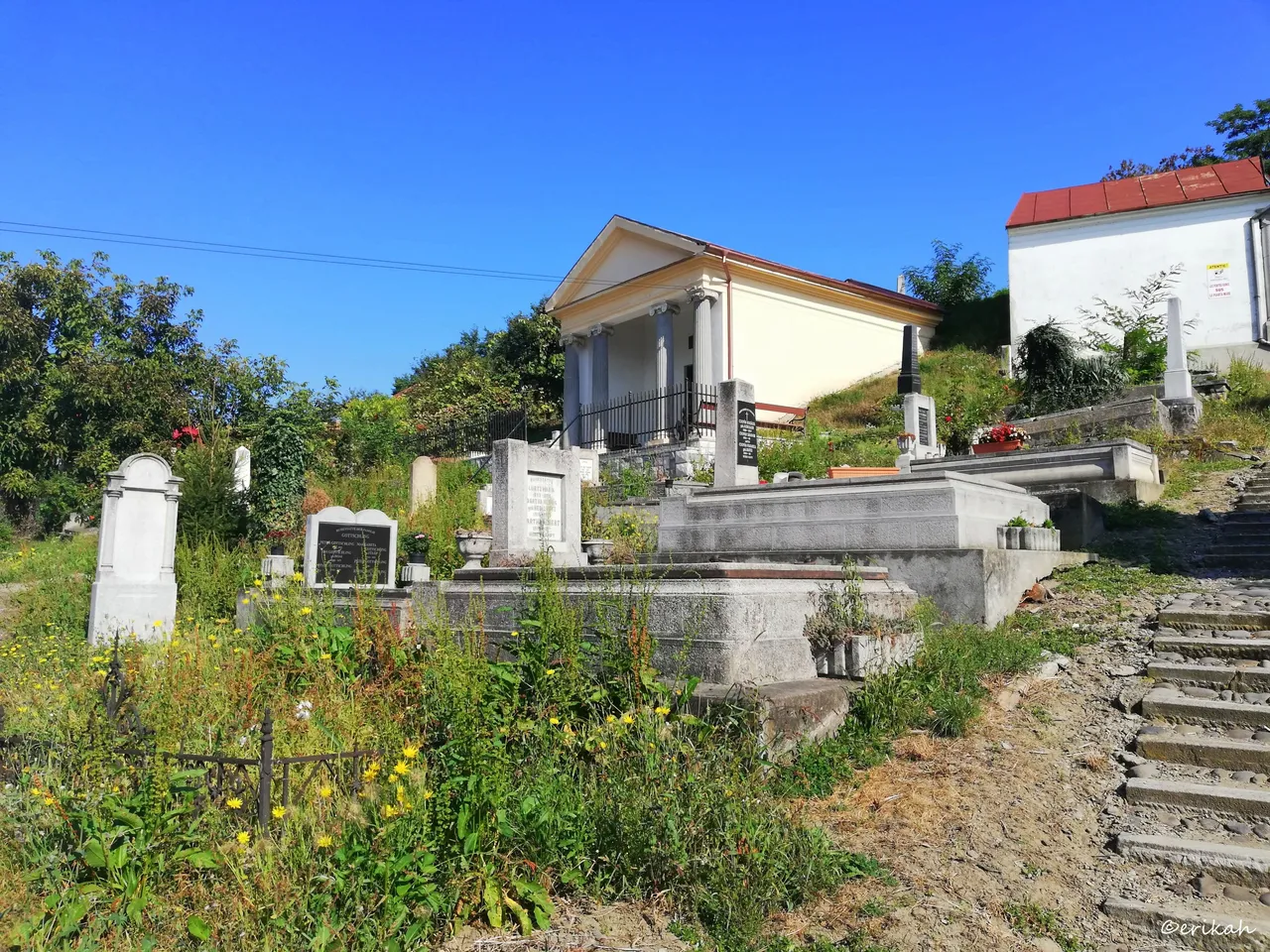
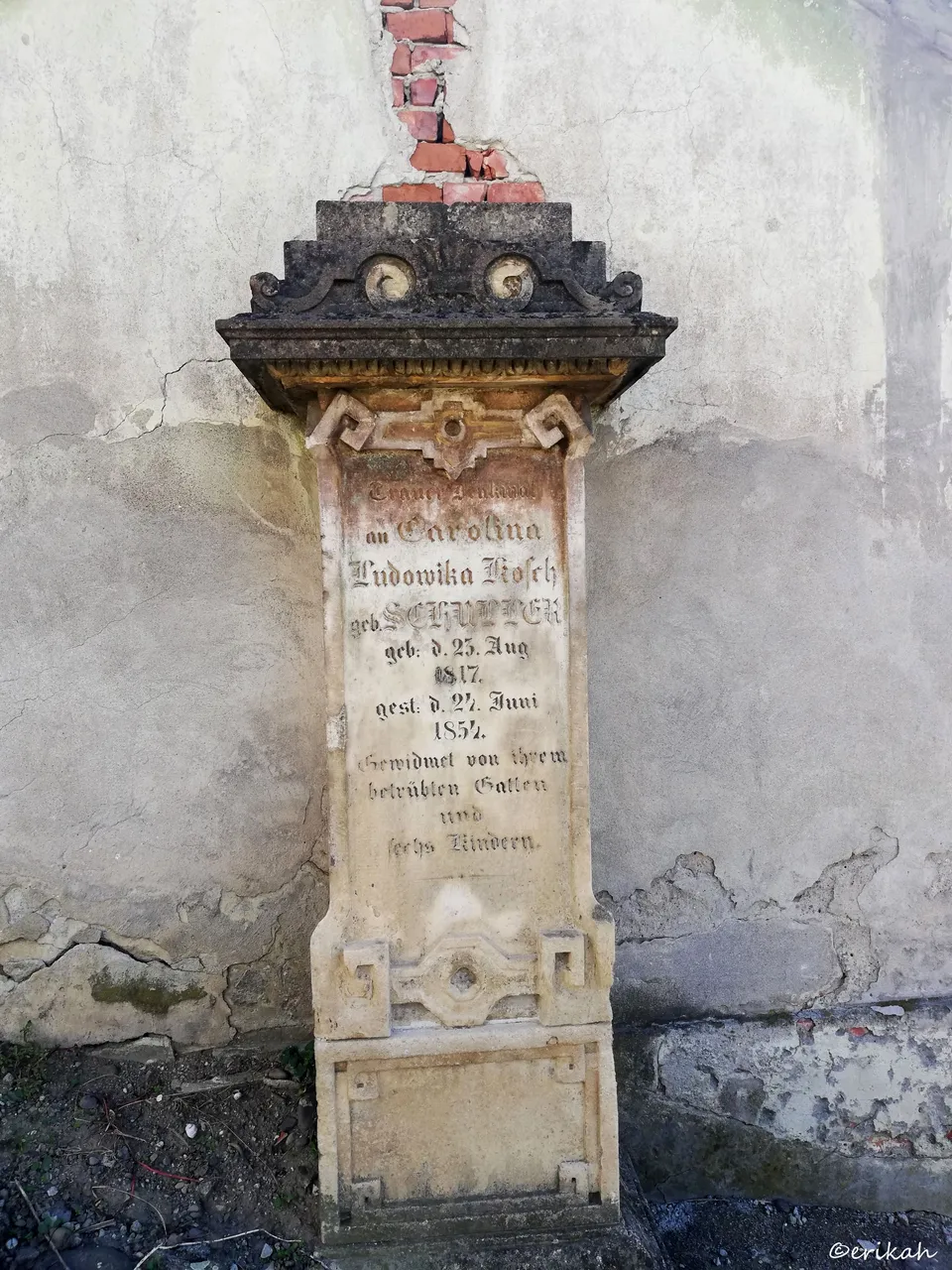
There's a database at the Lutheran church's office, with all the people baptized, wed and buried there, so if you're looking for your late relatives, they should be able to help.
That gravestone on the photo above dates back to 1817 and you don't see this style in the cemeteries anymore, unless it's an old cemetery.
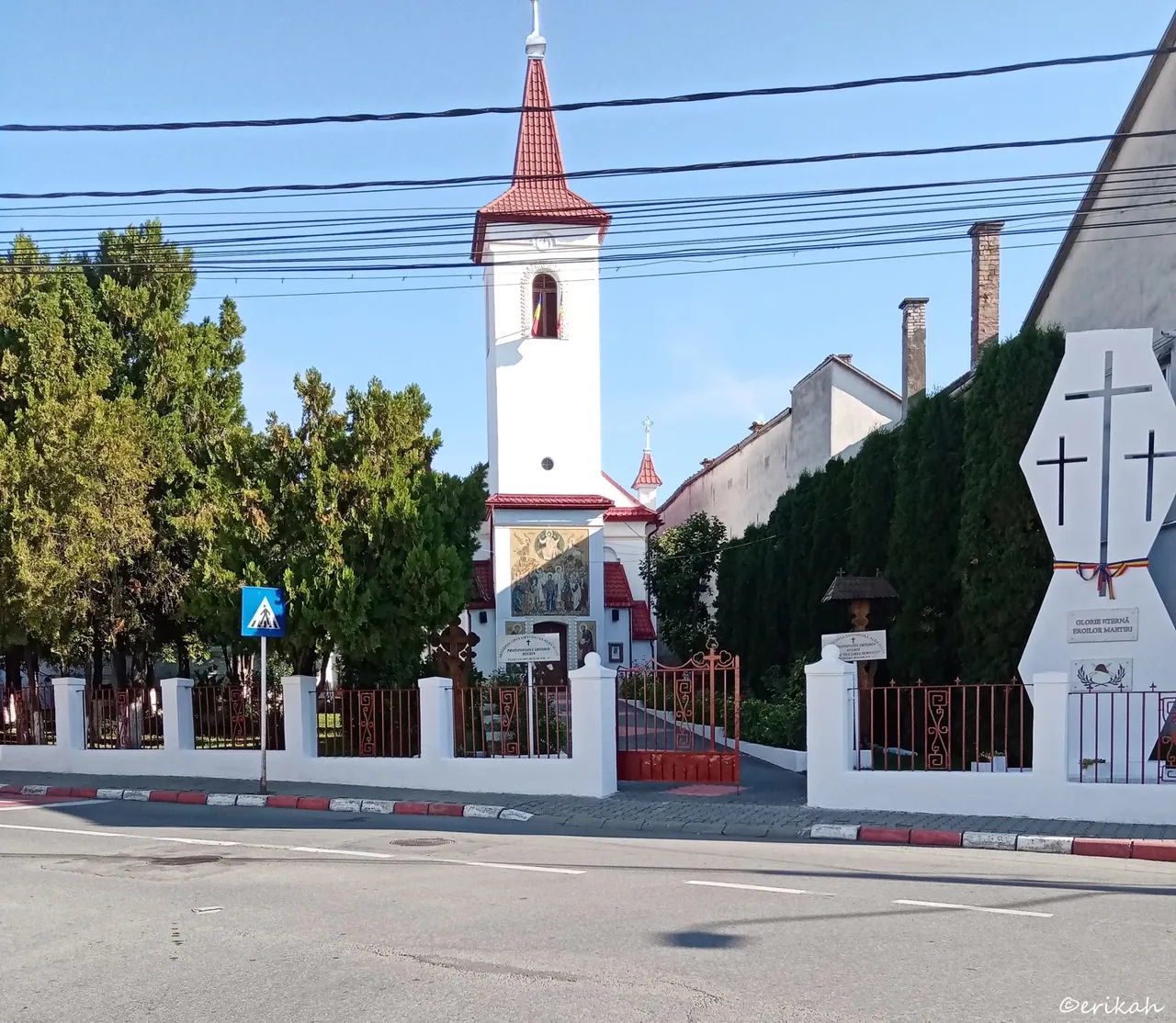
The Orthodox Church
The majority of the citizens are of orthodox religion, therefore there are two orthodox churches in the city center, one of which is this one. It was built at the beginning of the other century, between 1910 and 1912.
Orthodox churches are abundant in decorations, but most of the time photographing is forbidden to urge people to buy photos and books they are selling. So I'm posting a photo of the inside of this church for those who don't know how an orthodox church looks like. It's similar of what you can find in Greece.
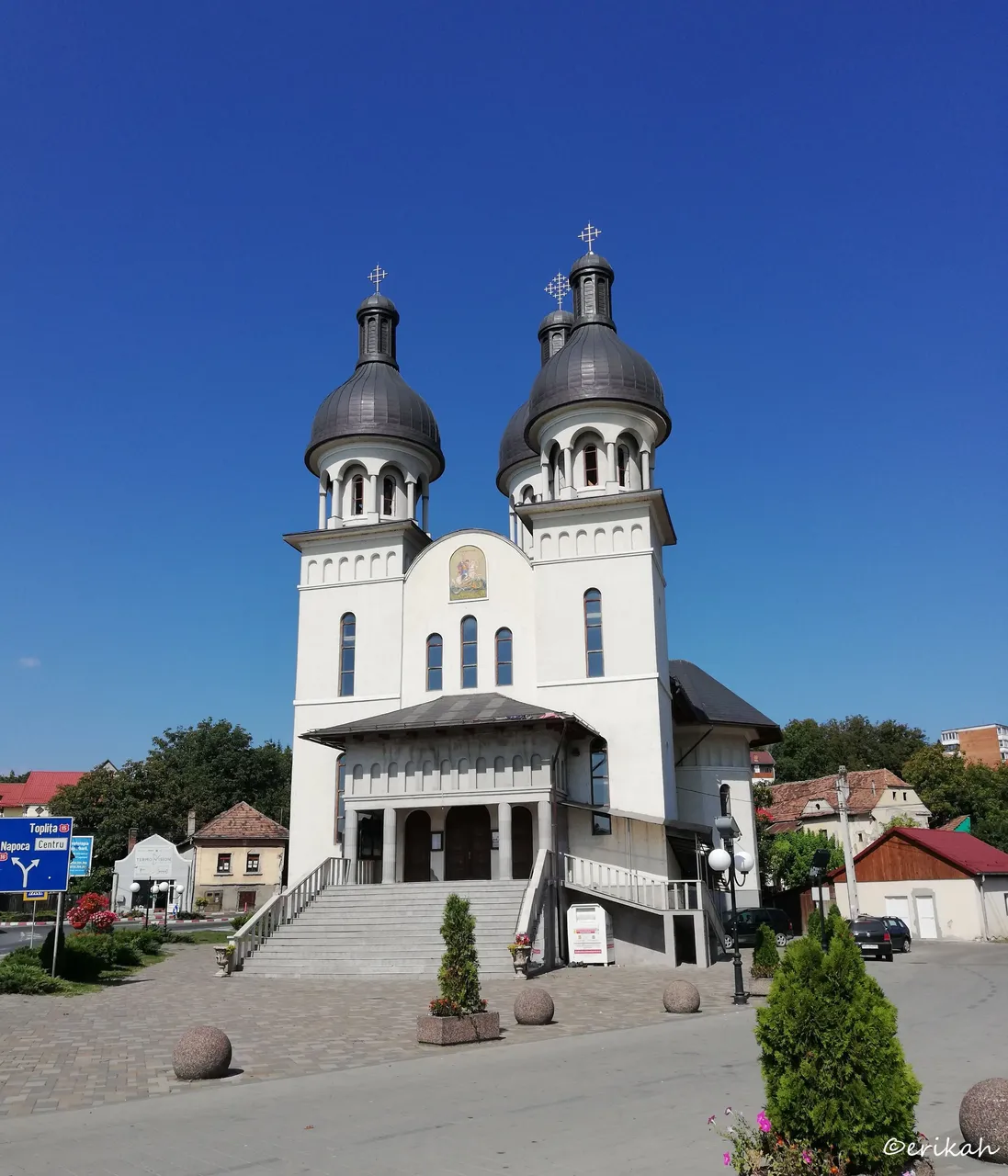
Very close to the Lutheran church there's the other Orthodox church, which is newer than the other one above. It's a different architectural style as well.
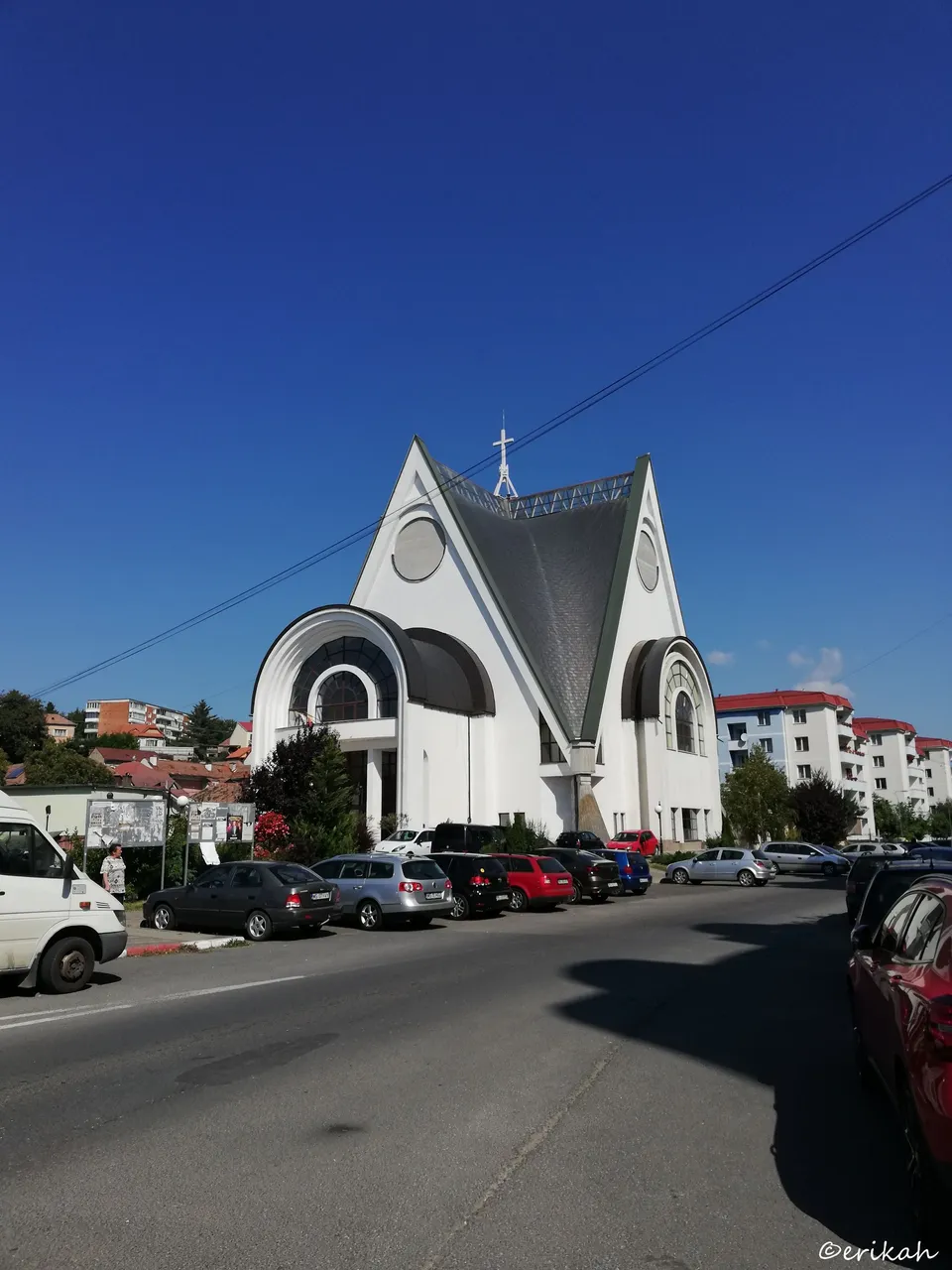
The Greek-Catholic Church
After assuming political power in 1948, the Communist regime, rooted in Marxist–Leninist atheism, deposed all 12 bishops of the Greek-Catholic Church on Stalin's orders. Moreover, on October 21, 1948, the 250th anniversary of the Romanian Greek Catholic Union with the Roman Catholic Church, the regime arranged for the "voluntary" and "spontaneous" transfer of all members of the Greek-Catholic Church (decree 358/1948), that numbered some 1,500,000 at the time, to the Romanian Orthodox Church; furthermore, the property rights over many of the Greek-Catholic Church's possessions, including its four cathedrals, were transferred to the Romanian Orthodox Church, while the remainder of those properties were confiscated by the State. source
The Greek-Catholic bishops, along with many of their priests, were accused by the newly installed Communist authorities of "antidemocratic activity". After refusing to give up their ties with the "reactionary" Holy See, they were imprisoned. At about the same time, the Orthodox Church was being "purged" of priests hostile to the Communist regime. Following this purge, the Orthodox hierarchy enjoyed good relations with the Communist authorities for the remainder of the Communist Rule of Romania. source
Greek-Catholics didn't have a happy life during communism, many had to hide their religion to escape persecution. A lot of churches were demolished, as an attempt to erase the religion completely.
In front of the church there's the statue of Alexandru Todea.
Alexandru Todea (5 June 1912, Teleac, Mureș County–22 May 2002, Târgu Mureș) was a Romanian Greek-Catholic bishop of the Alba Iulia Diocese and later cardinal. He was also a victim of the communist regime, suffering at Jilava, Sighet, and Pitești prisons. source
The statue was placed there and inaugurated after the end of the communist era. Greek-Catholics have not been the only one persecuted by the communist regime, ethnic Hungarians and Saxons had the same fate.
Feel free to visit my previous posts about the city:
- Another Medieval City Tour
- Medieval Church Tour - The Lutheran Church
- Church Tour - The Catholic Church of Reghin
- Old And New


